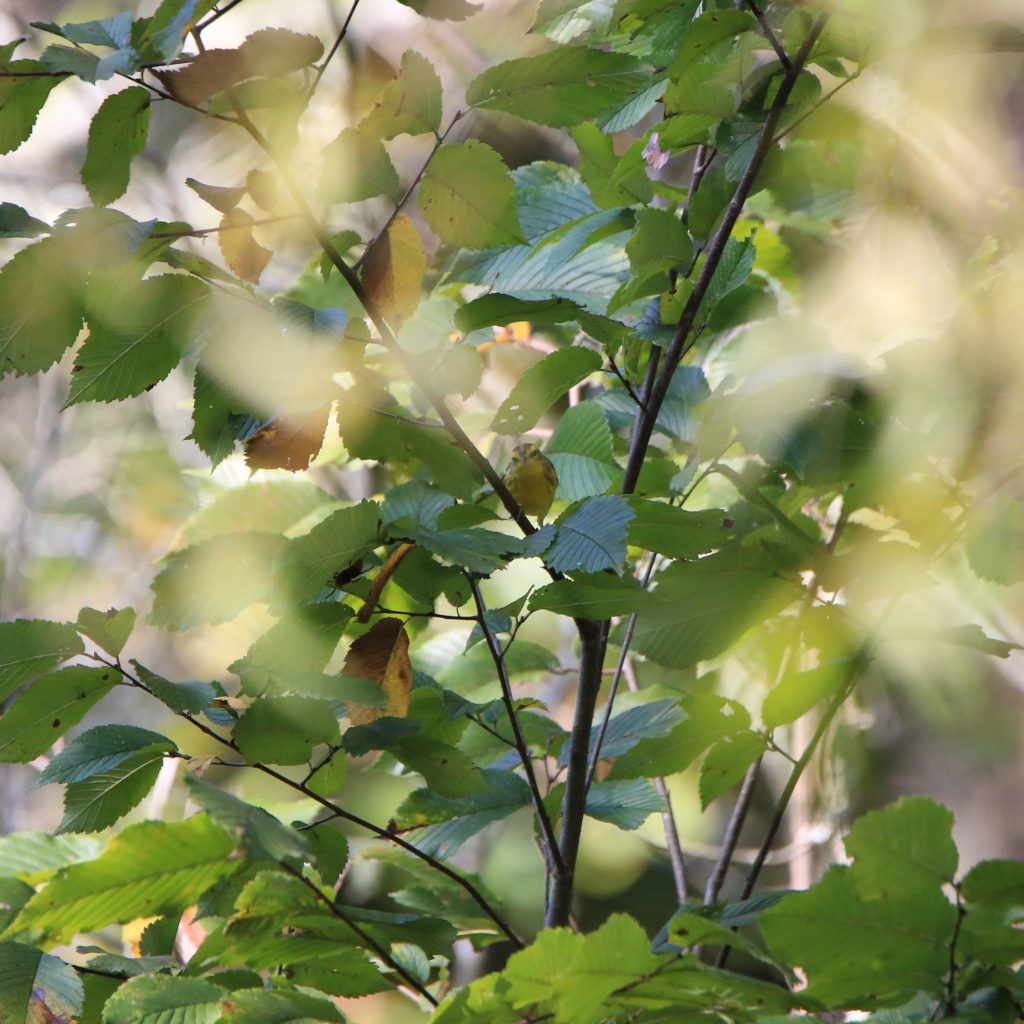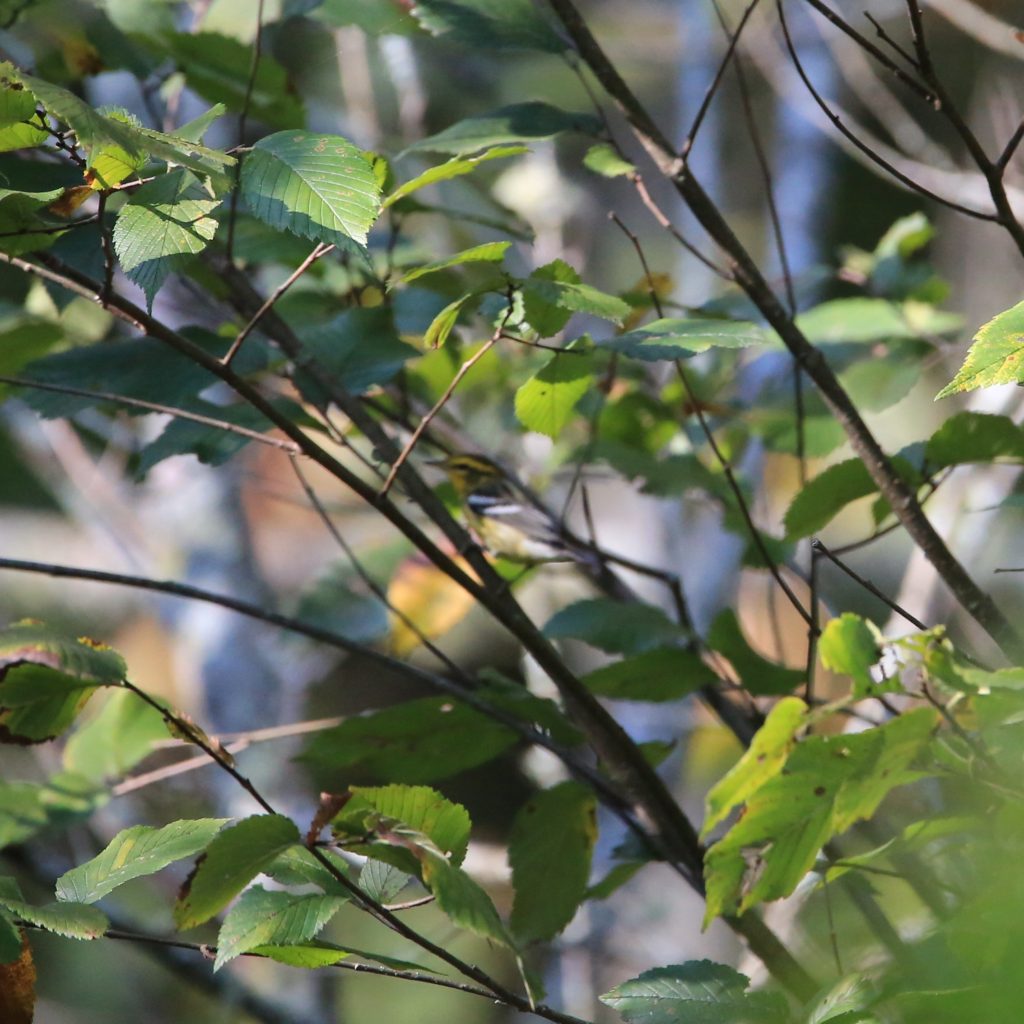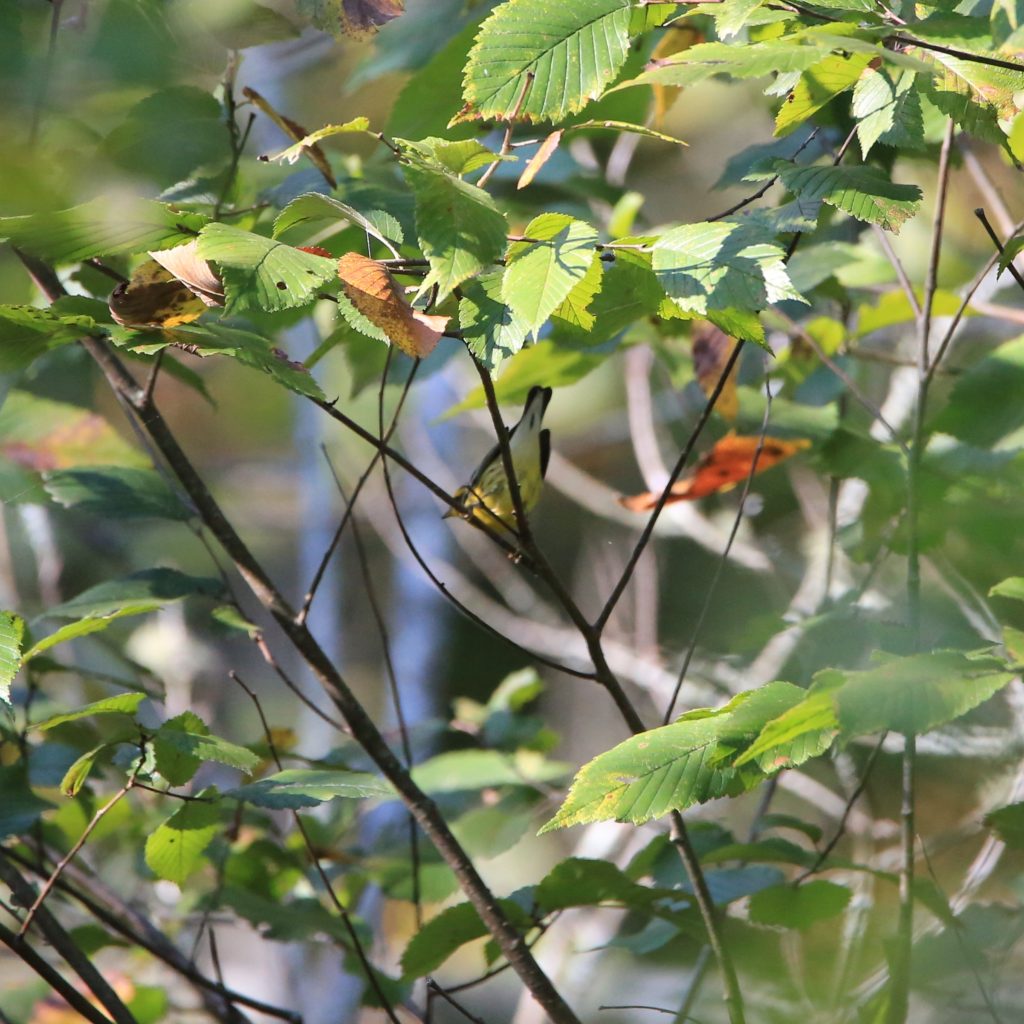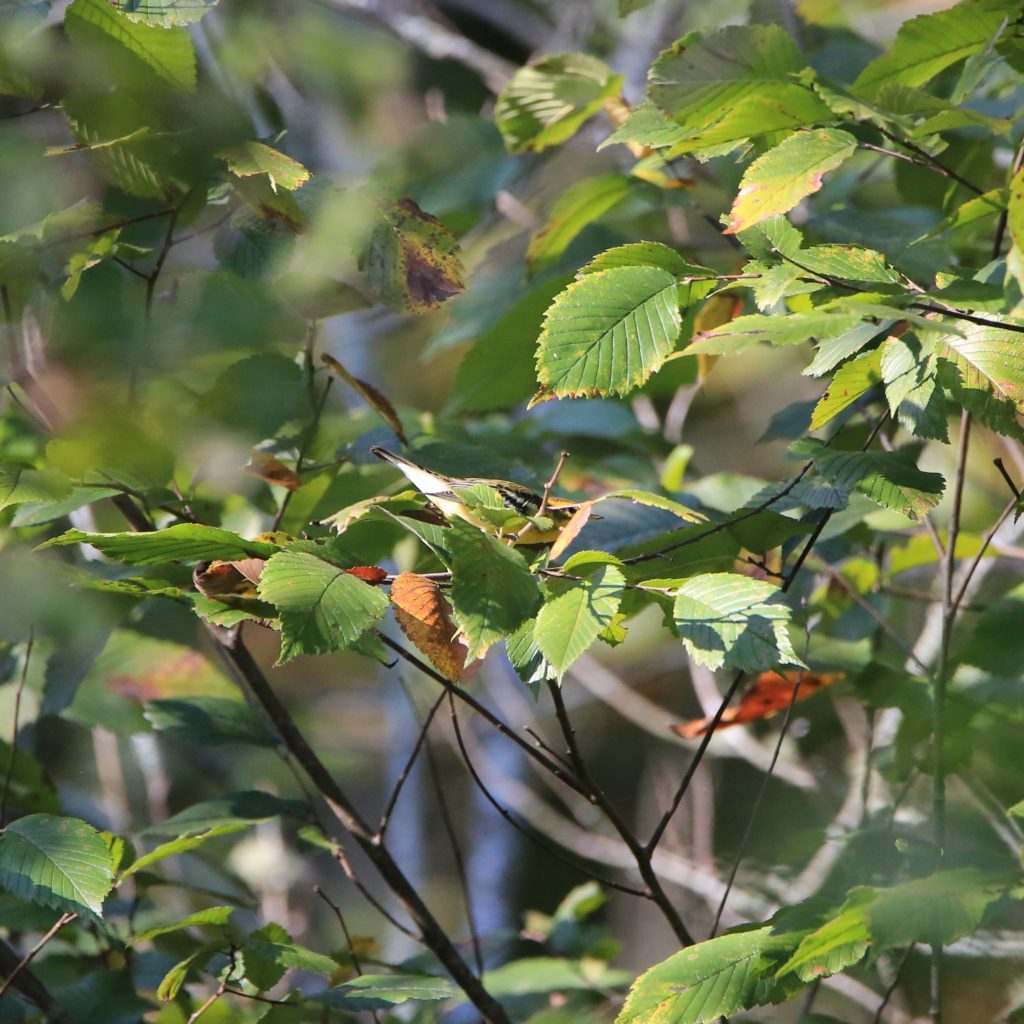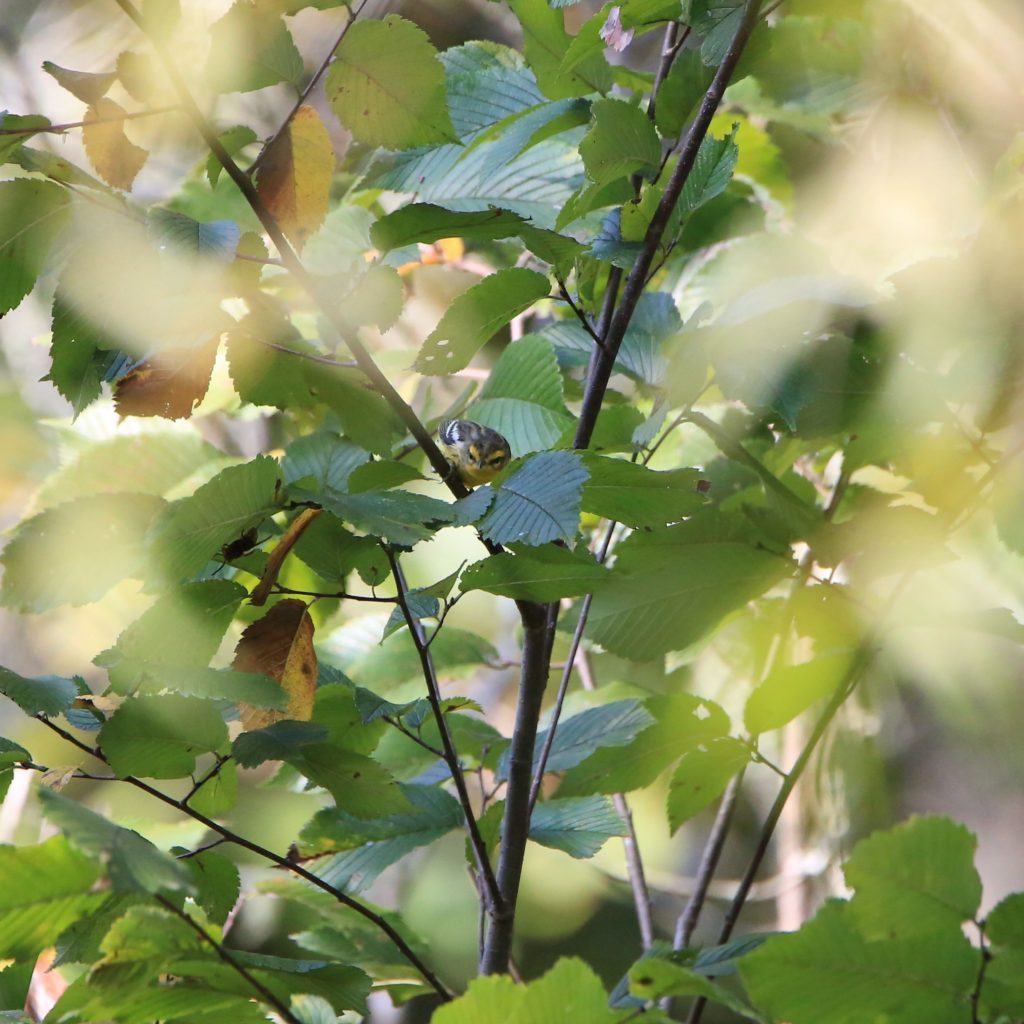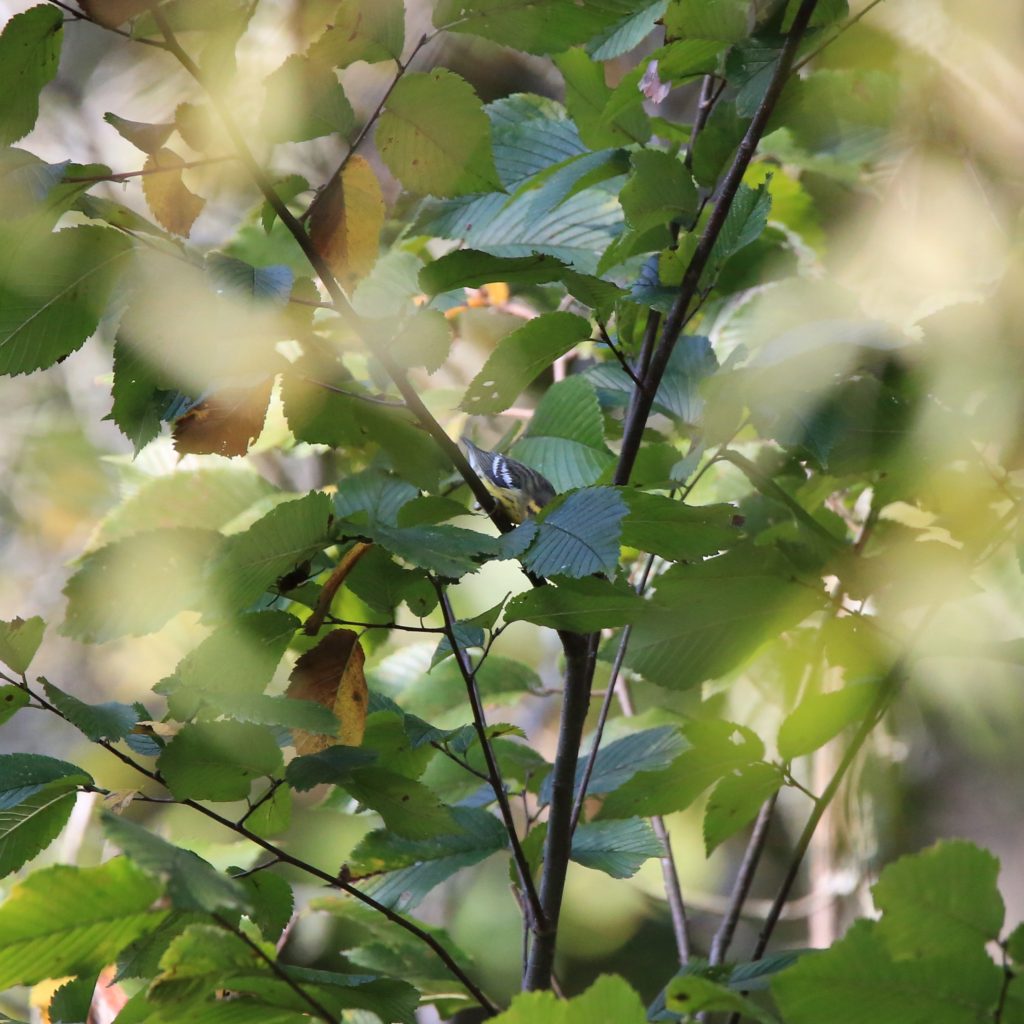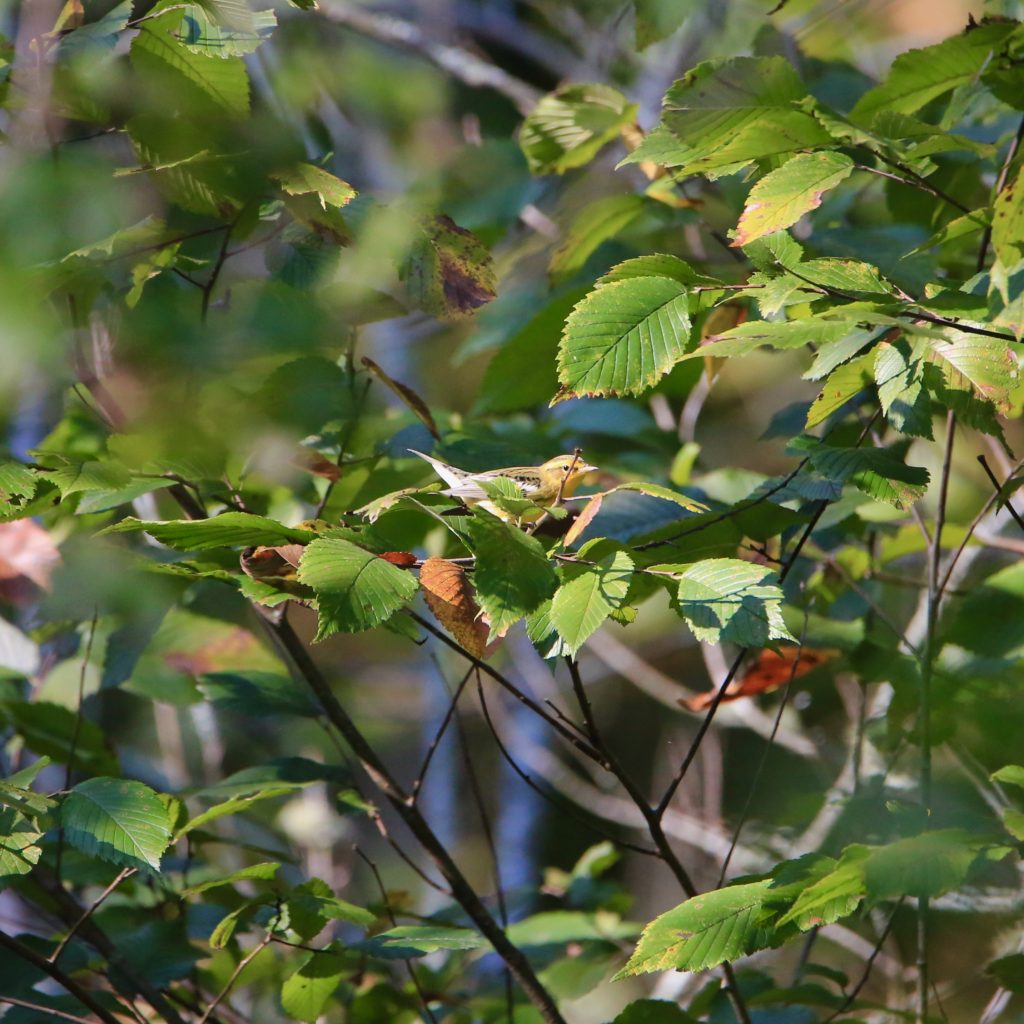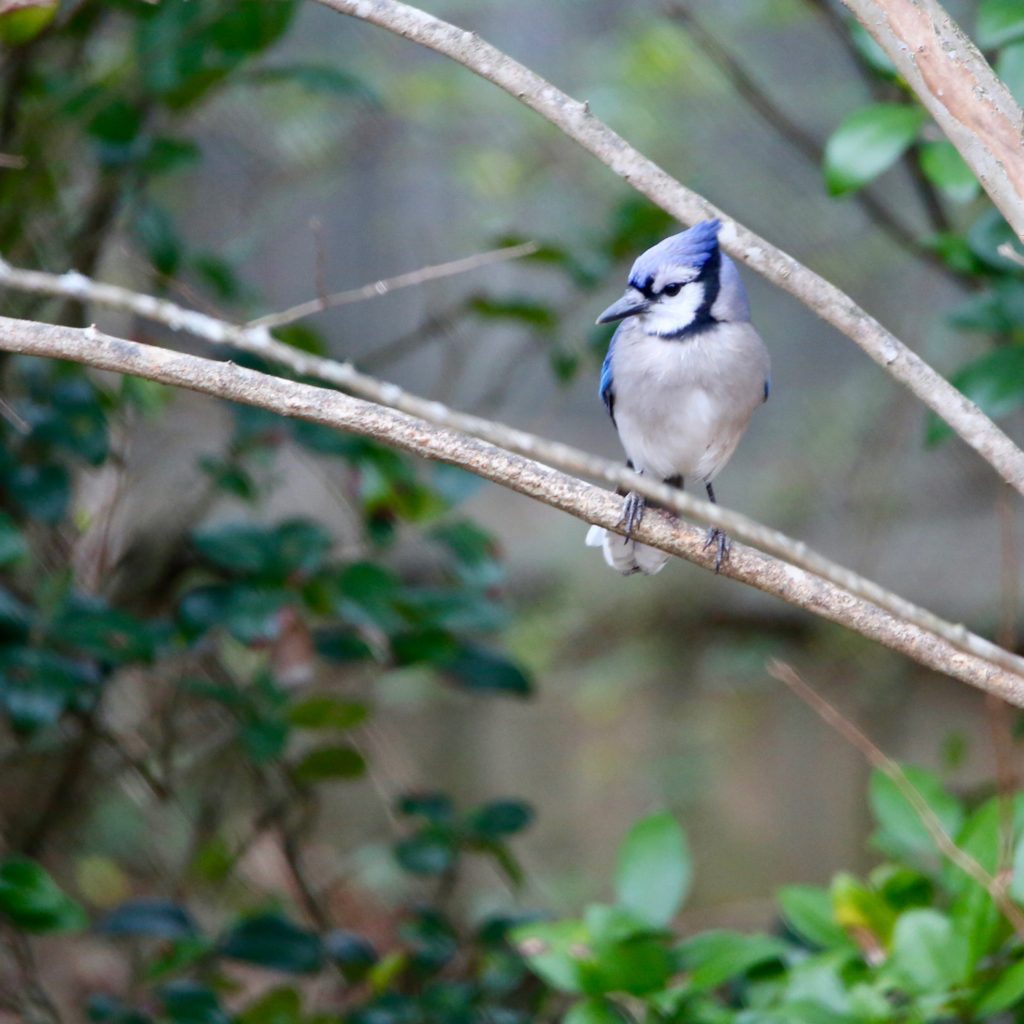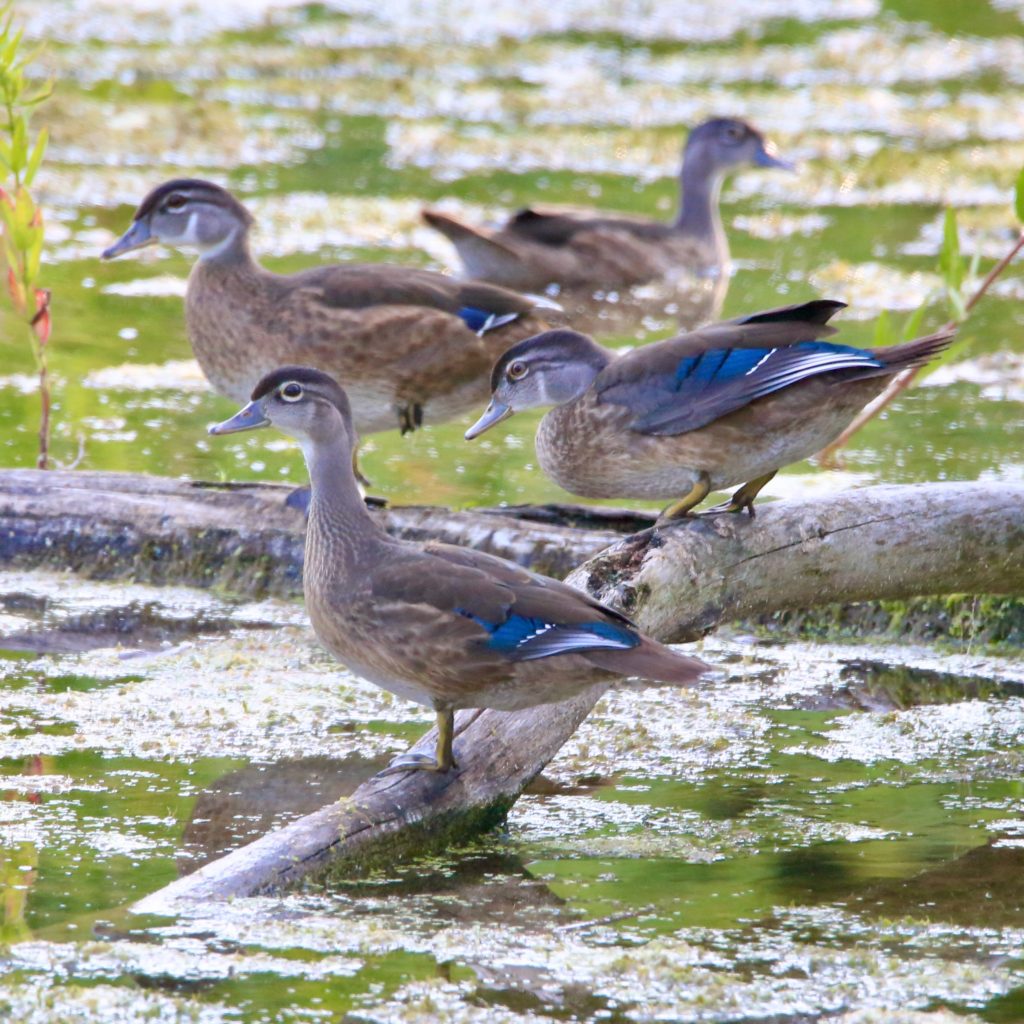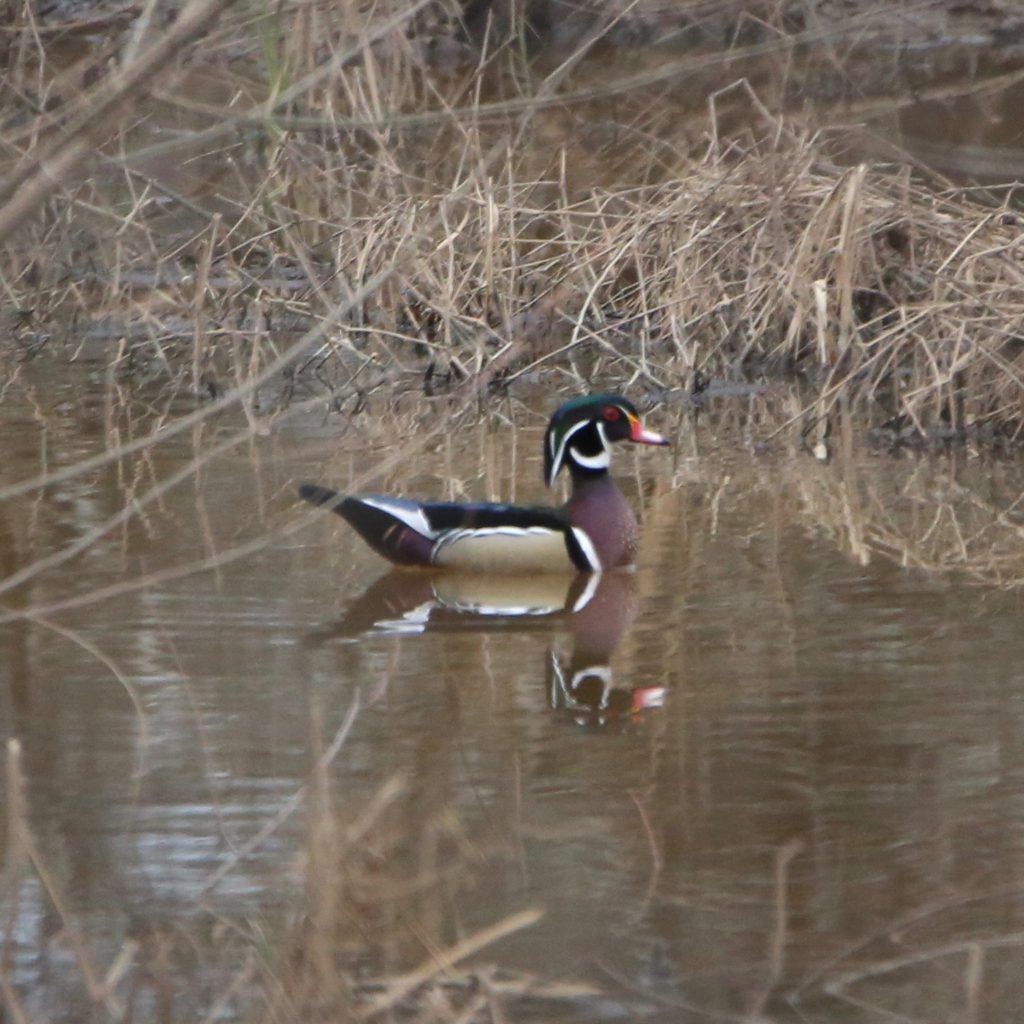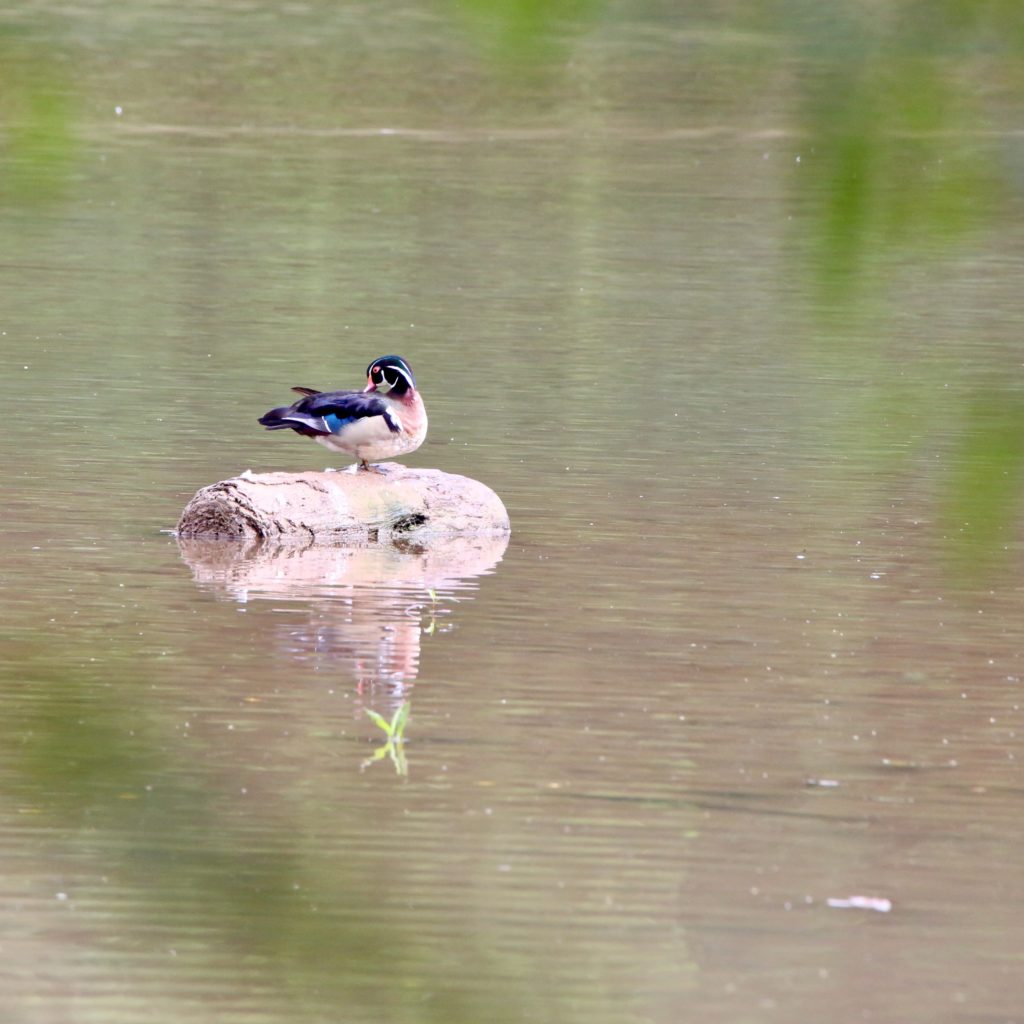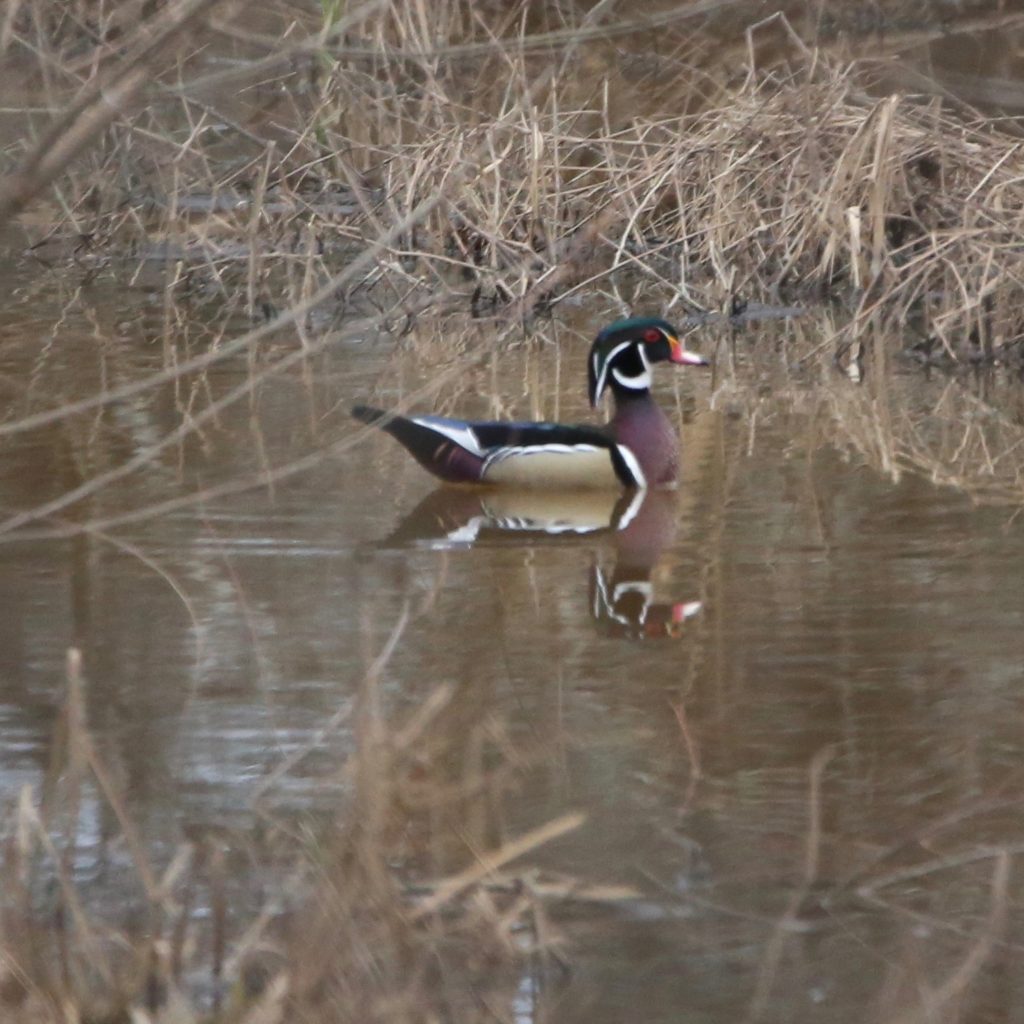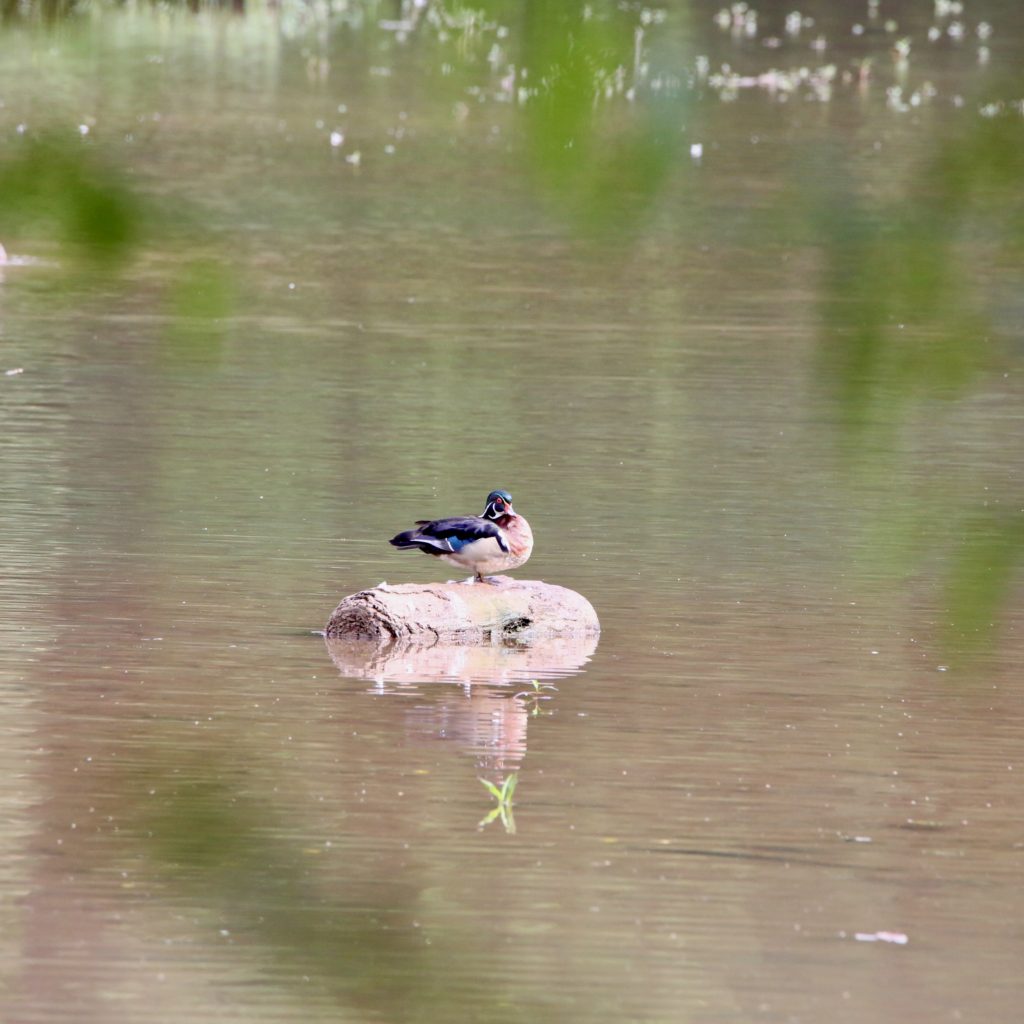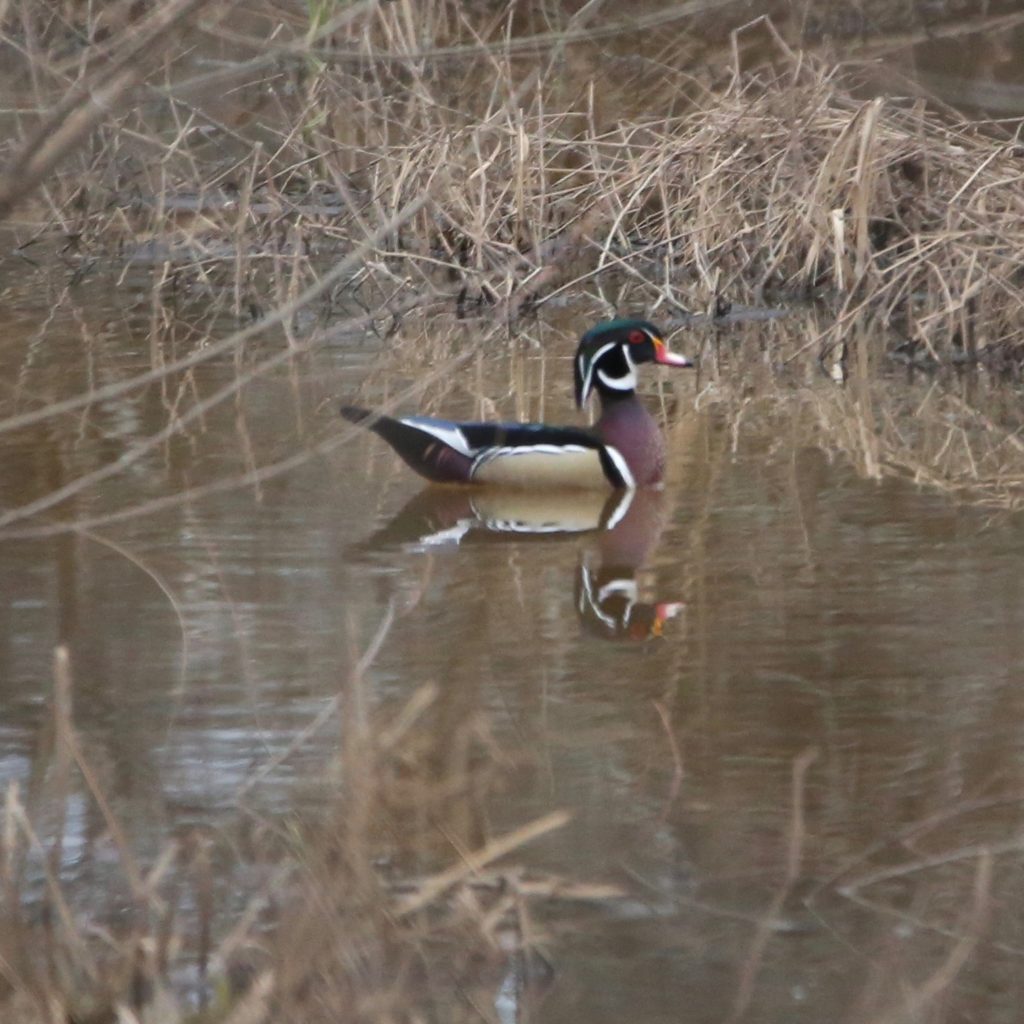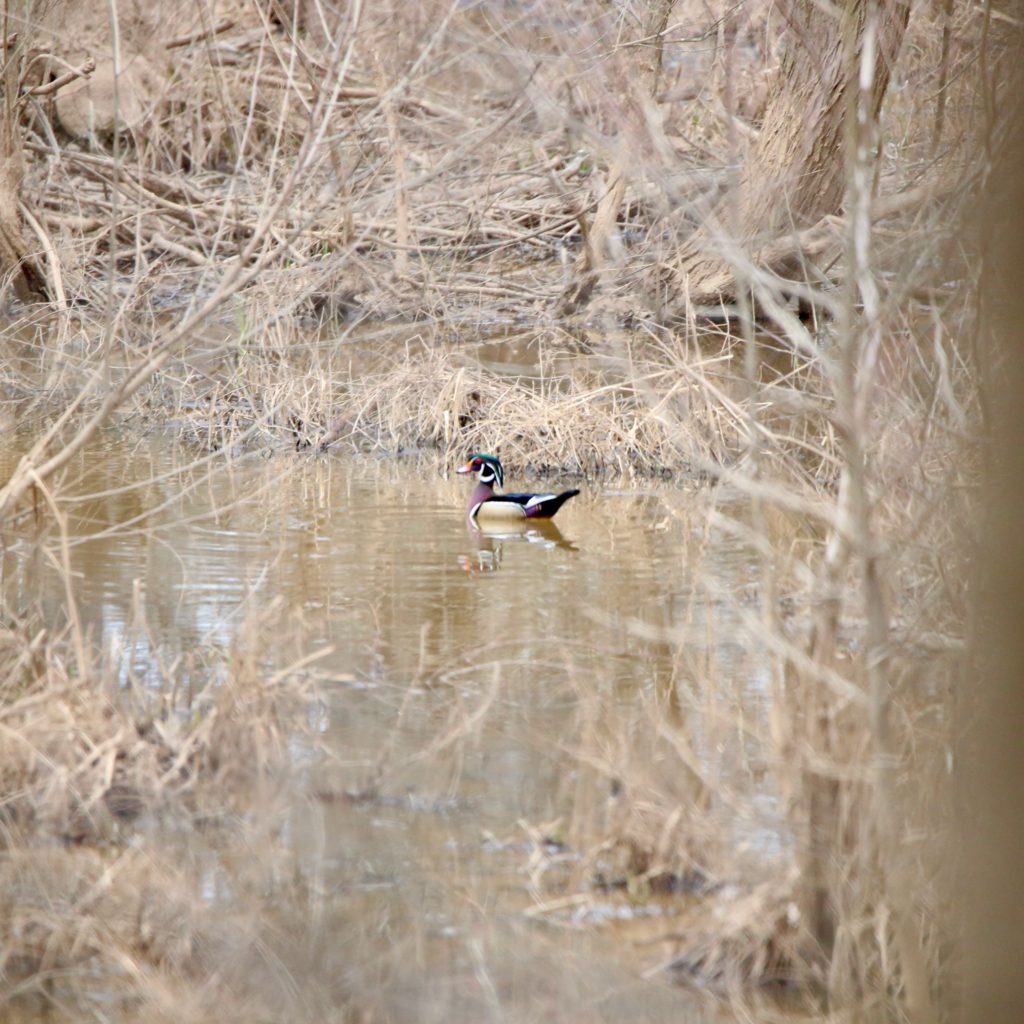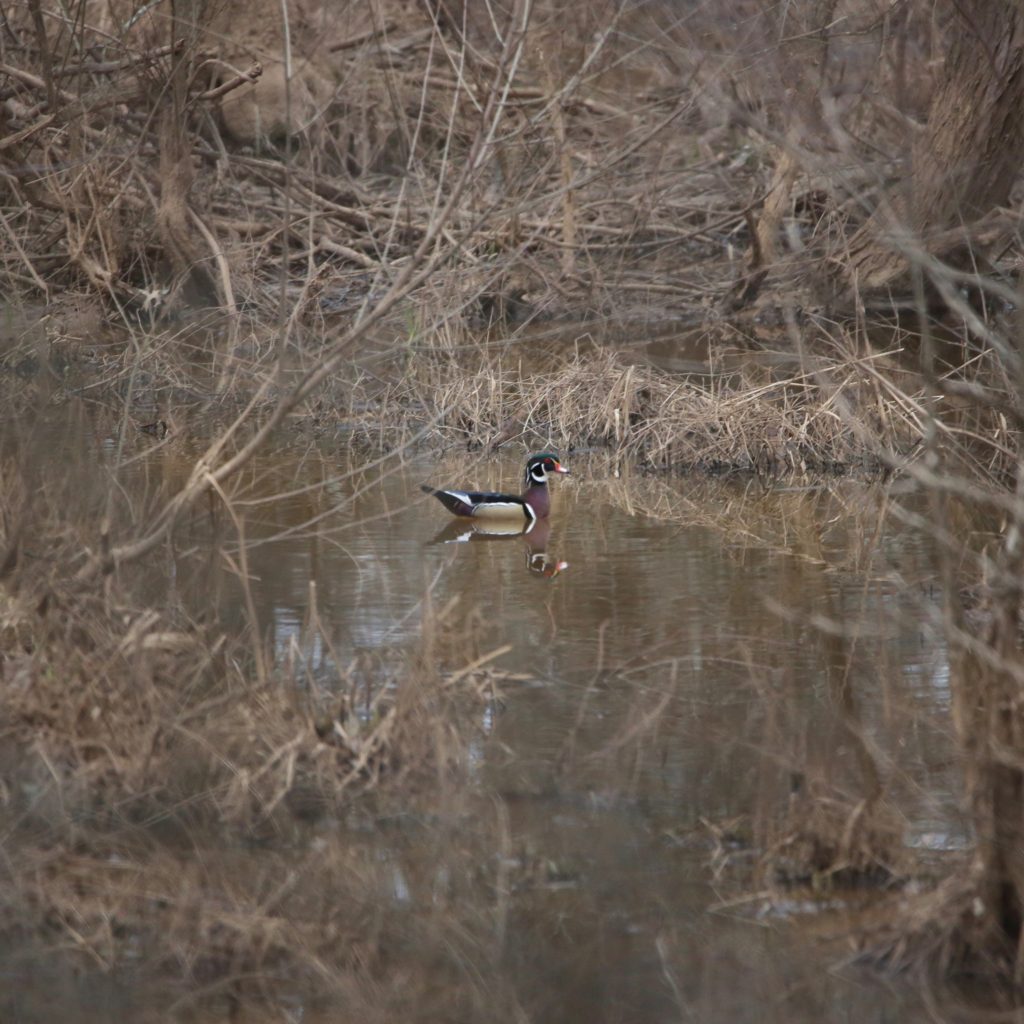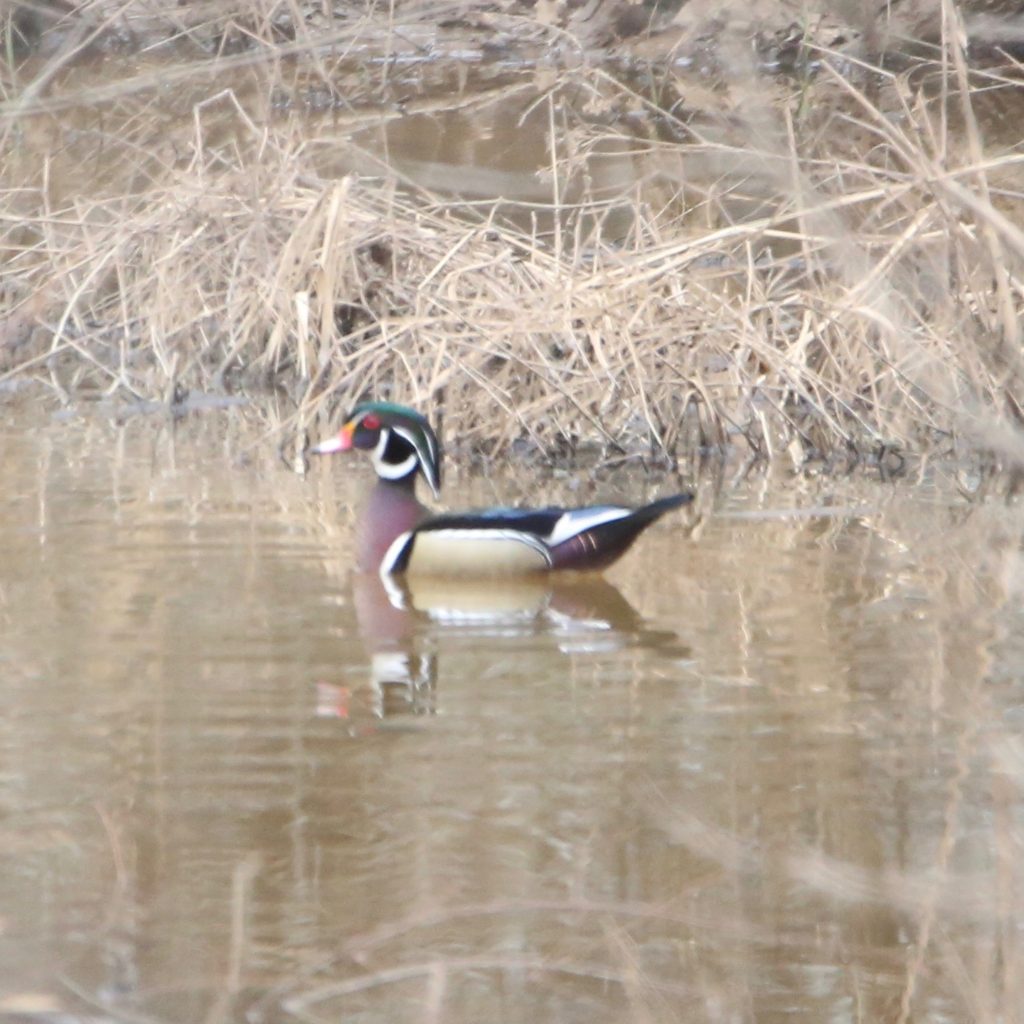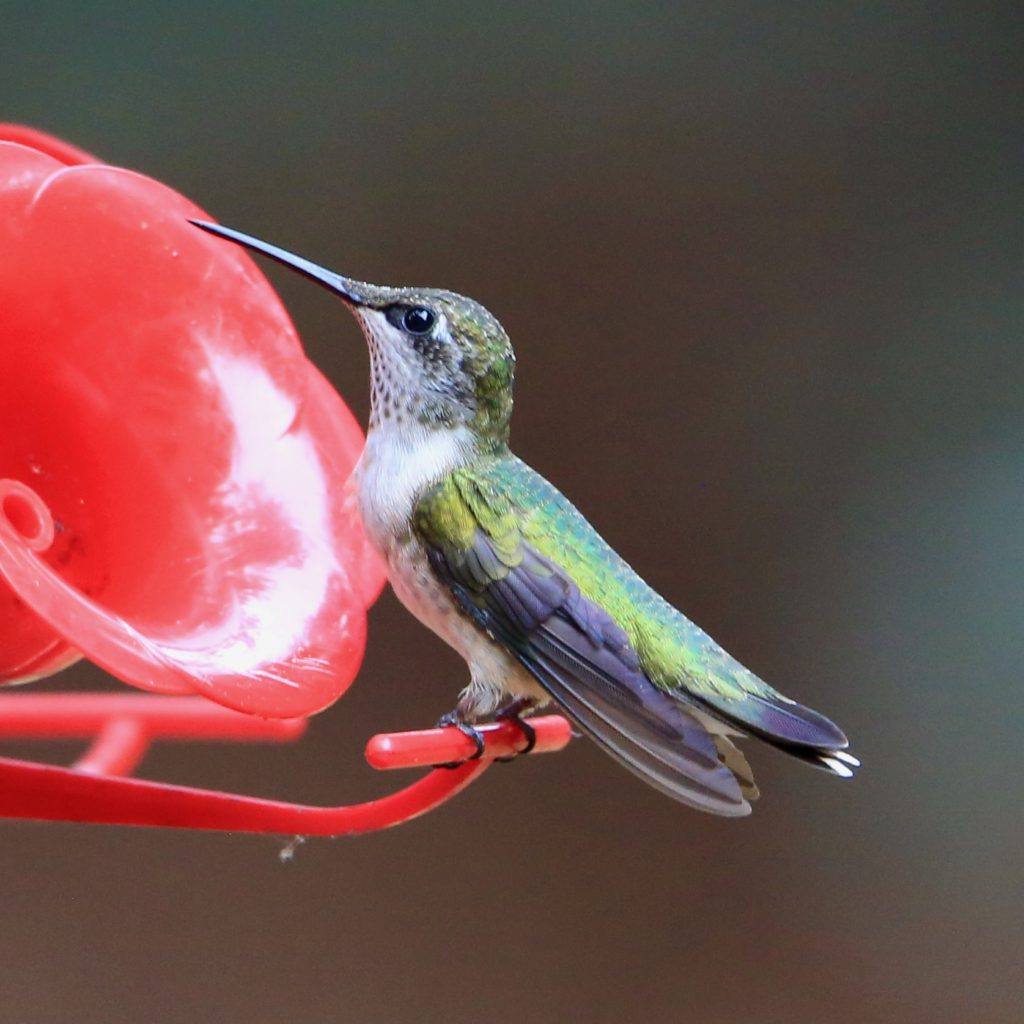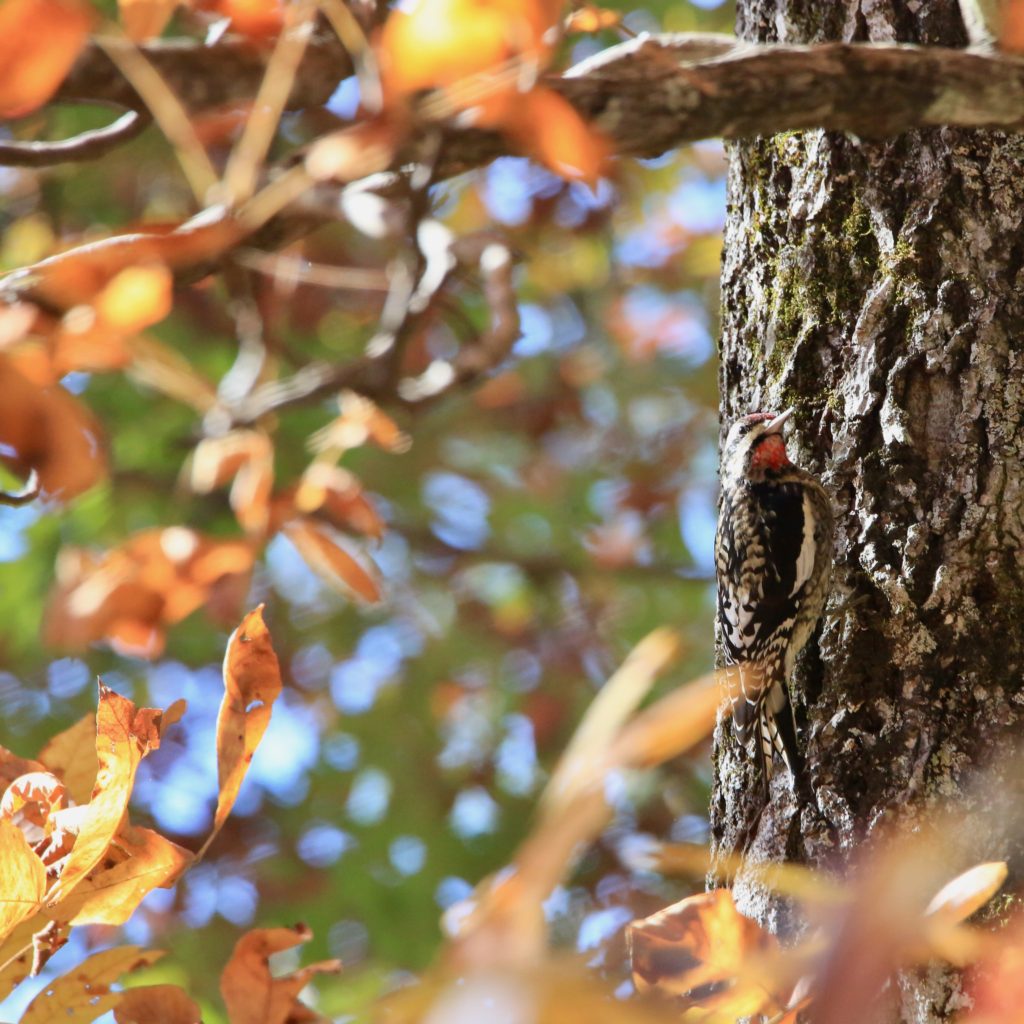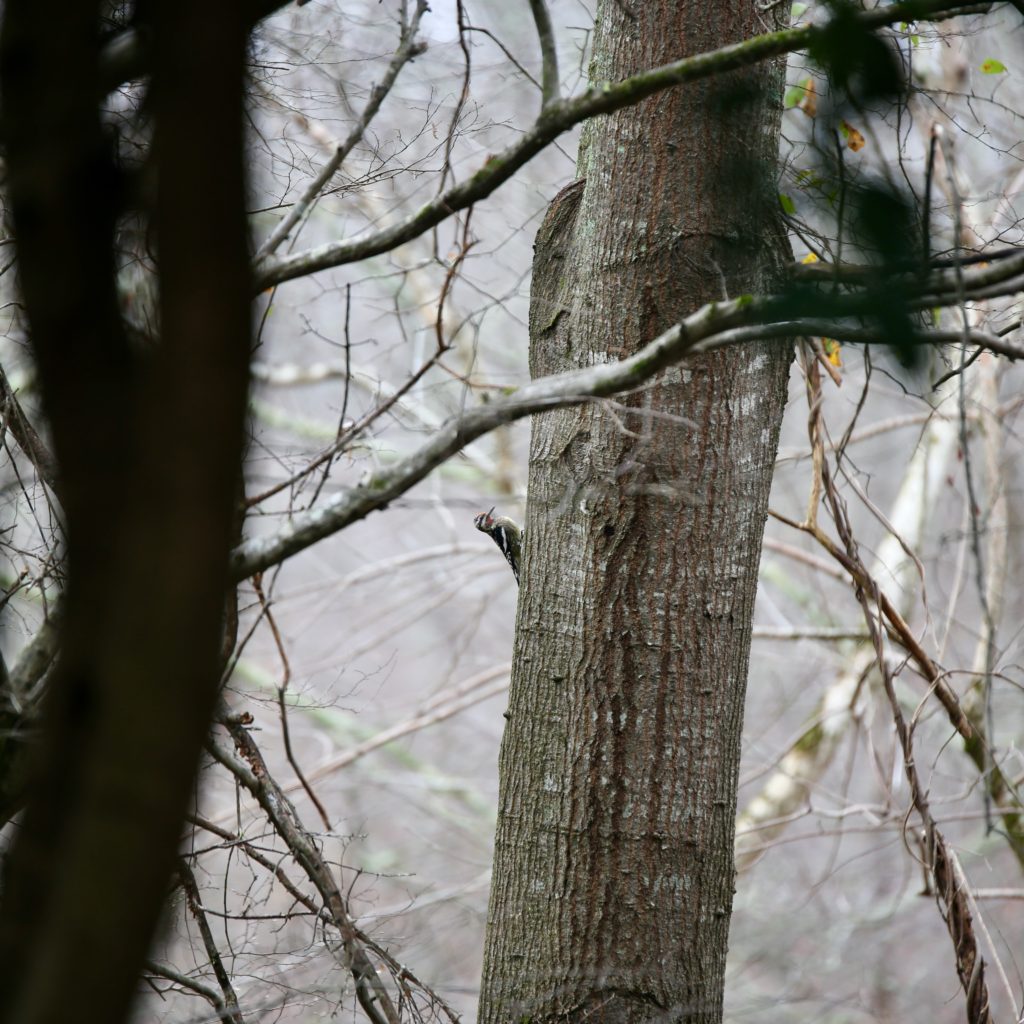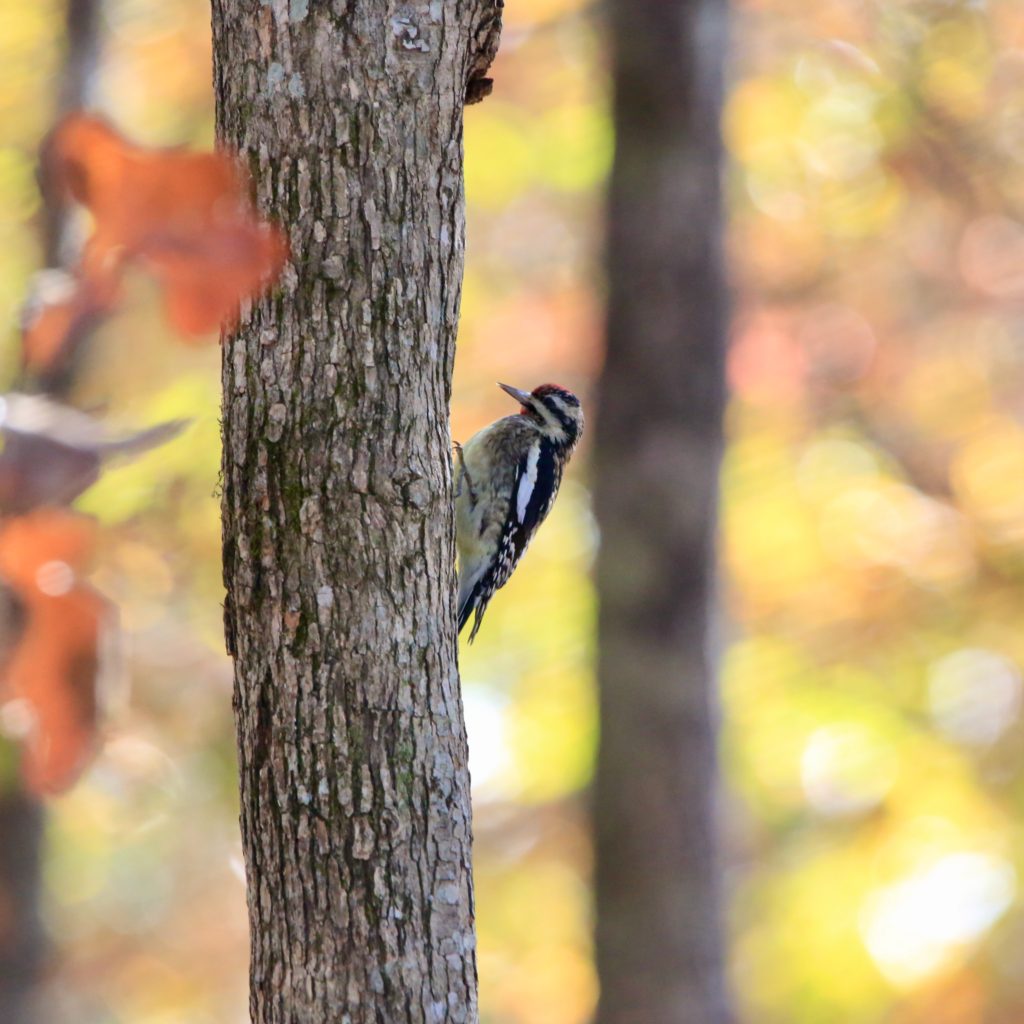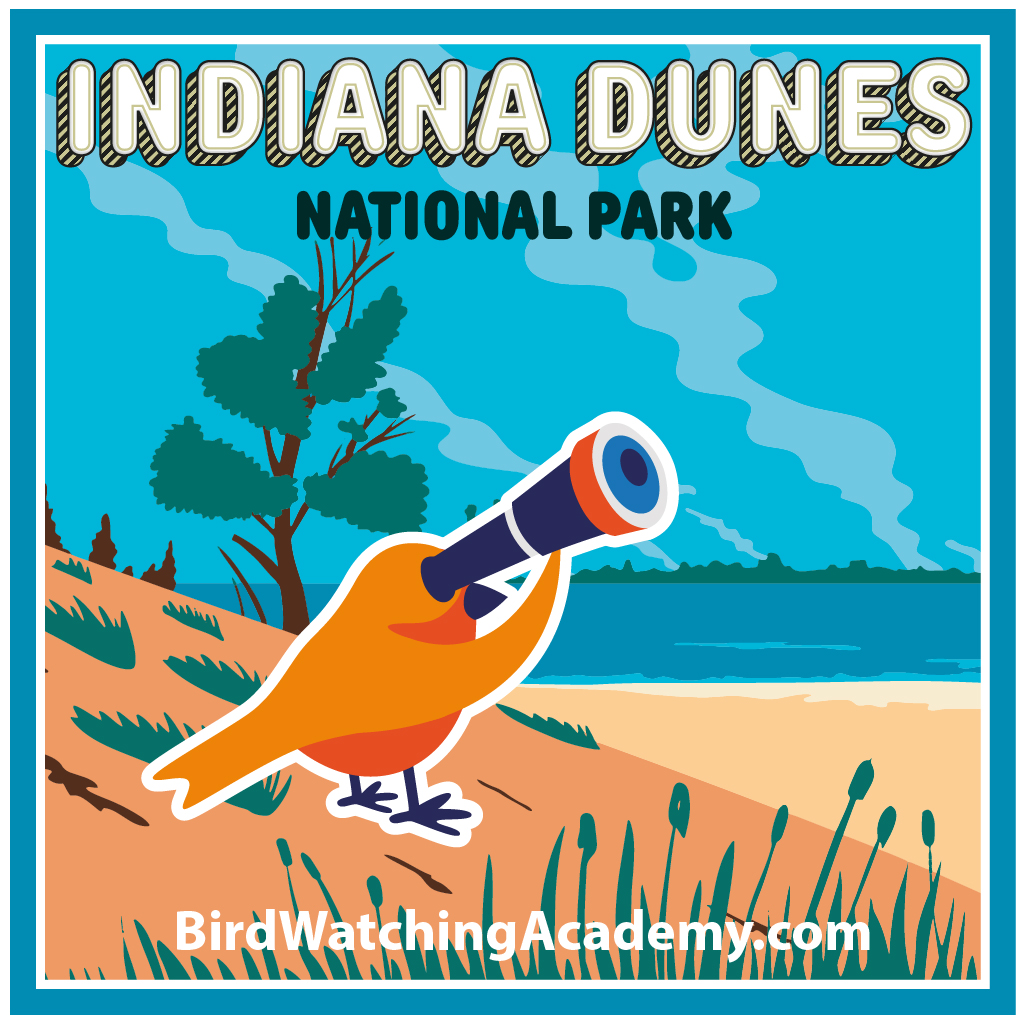
The Indiana Dunes National Park was recently designated as the 61st United States national park in 2019. The park is located in northwestern Indiana and stretches for 20 miles along the southern shore of Lake Michigan. Lying to the north end of State Road 49 in Porter County, the park includes over three miles of the only beach shore in Indiana. Covering an area of 15,349 acres, the Indiana Dunes contains 2,182 acres of the historic and breathtaking Hoosier
landscape. The park is decorated with large thousands-year-old dunes beyond the shoreline and looms nearly 200 feet over Lake Michigan. The national park forms a range of natural habitats for plants, aquatic, and wildlife, including a diverse bird population.
Major Attractions at Indiana Dunes National Park
Indiana Dunes National Park presents a mosaic of habitats like its pristine dunes ecosystem, herbaceous marsh, swamp, and upland forest. Together with the diverse habitats and unique geographical features, the park forms an ideal resting place for migratory and a good nesting spot.
The National Park encompasses the Indiana Dunes State Park, which holds the three tallest dunes in the vicinity: Mount Tom, Mount Holden, and Mount Jackson. Hiking on probably the most definitive trails- 8, 9, and 10- highlights some of the best attractions the park has to offer. This includes dune blowouts, tree graveyards, and white pine forests towering Lake Michigan. However, the dynamic Mount Baldy falls directly under the national park.
The Dune Ridge Trail will take you above Kemil Beach and the Great Marsh, whereas the West Beach 3-Loop Trail will present all the dune development phases and the Chicago skyline views. Most annual visits are dedicated to activities like swimming and beachcombing. There are also facilities for paddlers. Birding at Indiana Dunes National Park to observe over 370 bird species is also a major activity.
GET KIDS BIRD WATCHING
Bird Watching at Indiana Dunes National Park
The numerous habitats provided by Indiana Dunes National Park make it one of the most biodiverse swaths in the United States. However, due to the varied ecology and its northern location in the state, the park’s most distinctive avian feature is the abundance of southern bird species. This includes occurrences of WatchList Species like the Prairie Warbler and Louisiana Waterthrush and even northern distributed birds like Blackburnian Warbler and Canada Warbler. This aspect also makes Indiana Dunes State Park a mosaic breeding ground for birds with several species listed under conservation concern.
The park welcomes many migratory birds in spring and fall, including the Golden-winged Warbler and Bay-breasted Warbler. Besides the transient birds, a migratory funnel created by the Lake Michigan shoreline brings a good amount of migrant Hawks to the park. The Sharp-shinned, Broad-winged, and Red-tailed Hawks are most prevalent. To birdwatch Tree Swallows, Rusty Blackbirds, Kingfishers, Egrets, and Green Herons, one should hike on the Great Marsh
Trail or the Heron Rookery.
10 Birds to See at Indiana Dunes National Park
Blackburnian Warbler
Blackburnian Warblers are black with white patches, a yellow belly, and an orange throat. You can find these birds throughout eastern North America. Sadly, their population is decreasing because the forests they make their homes in are being cut down. They make their homes in forests and woodlands. Blackburnian Warblers are found high in the tops of trees where they eat insects but mostly caterpillars. They lay about 4 eggs and when the fledglings leave the nest the parents split up to care for each of them. Blackburnian Warblers migrate over a broad area, but most migrate across the Gulf of Mexico and spend the winter in South America.
Cerulean Warbler
Cerulean Warblers are sky-blue with blue streaks down their sides. They live in eastern North America. Cerulean Warblers have seen a large decrease in population and are threatened; they are possibly near being endangered. These birds tend to make their homes at the top of the canopy of oak and hickory trees. They lay 3 to 5 eggs and make their nests high up in trees away from the trunk. These Warblers migrate south in the early fall.
Blue Jay
Blue Jays are a beautiful blue and white color. They have rounded wings and a long tail with a small crest on top of their head. You can find them in the Midwest and the eastern United States. Blue Jays are common and not at any risk of being endangered. Their habitat is oak and pine trees, gardens, and near towns. They are a common songbird with a noisy call. Blue Jays love to play with acorns and will store them in the ground for later. They like to visit home feeders and eat suet and seeds. They lay 4 to 5 eggs in nests made of weeds, twigs, grass, string, paper, and yarn. Both parents will help feed their young. Most Blue Jays do not migrate, but some have been seen moving south during the fall.
Great Crested Flycatcher
Great Crested Flycatchers are reddish-brown with a gray head and neck and a yellow belly. They are a common bird in eastern North America. Their population is stable, although their habitat could be threatened by the loss of forests. They make their homes in woodlands and groves. Great Crested Flycatchers will fly after insects to eat and will fly into foliage looking for prey that is crawling on leaves. They also enjoy fruit and berries. These Flycatchers spend their winters in Mexico, Colombia, and even Florida.
Wood Duck
Wood Ducks have a unique look with pretty brown and green coloring and patterned feathers. You can find them in eastern and western North America. For some time, the population of Wood Ducks had been threatened, but their nest boxes are now protected and their population has grown. These Ducks live around the edges of wooded swamps, ponds, and rivers. Unlike other waterfowl, Wood Ducks can be found flying from tree to tree. They have strong claws to grip branches. Wood Ducks lay 9 to 15 eggs. After the eggs hatch, the young ducks leave the nest after one day! Northern Wood Ducks migrate south, but the ones already residing in the south are permanent residents.
Blue-headed Vireo
Blue-headed Vireos are greenish with a blue-gray head and white throat. They live throughout eastern North America. They make their homes in mixed woods. Blue-headed Vireos tend to move slowly, looking for caterpillars and other insects to eat. These Vireos have a slow, cheery song. They lay 3 to 5 eggs in a nest low to the ground. These birds use moss, pine needles, and pieces of paper to make their nests. They migrate earlier in the spring and later in the fall than other Vireos.
Ruby-throated Hummingbird
Ruby-throated Hummingbirds are bright green birds with ruby red throats. They live throughout eastern North America. They make their homes in gardens and near the edge of the woods. Ruby-throated Hummingbirds enjoy flowering gardens and woodlands so they can get nectar. They will also eat small insects. Ruby-throated Hummingbirds beat their wings about 53 times a second! They build and camouflage their nests in trees and lay 2 eggs. Almost all the Ruby-throated Hummingbirds migrate south to Mexico and Central America in the fall.
Long-billed Dowitcher
Long-billed Dowitchers have a brown-black body with a scalloped underbelly. As their name indicates, they have a long, thin, bill. Long-billed Dowitchers live in Alaska, Siberia, and South America. You can only find them in the United States when they migrate. Their population is widespread and common. They make their homes in shallow pools and mudflats. Long-billed Dowitchers eat insects, mollusks, and plants. They migrate from the far north-west to the southeast.
Black-crowned Night-Heron
Black-crowned Night-Herons are gray and black with a white plume on their head. They are most common in wetlands across North America. These Herons live on every continent except Antarctica and Australia. Their population is stable after having a decline. They live in marshes and roosts of trees. Black-crowned Night-Herons are most active at night, finding food such as small fish to eat. They also like to eat squid, mussels, and clams. They lay 3 to 4 eggs in a platform-type nest. Most of these Herons migrate south for the winter.
Yellow-bellied Sapsucker
Yellow-bellied Sapsuckers are actually black and white with a red head and throat. You can find them in eastern North America. Their population has disappeared in some southern areas, but the overall population is widespread and steady. They make their homes in aspen groves, orchards, and trees. Yellow-bellied Sapsuckers often peck a row of small holes in a tree to get sap out to eat. Along with tree sap, they like to eat insects and fruit. They lay 5 to 6 eggs in the same tree year after year, but use a different hole in the tree. Yellow-bellied Sapsuckers migrate to the south.
Final Thoughts
With over 350 species of birds visiting each year, Indiana Dunes National Park is the bird paradise every birdwatcher dreams of. The location of the newly formed national park, near the foot of Lake Michigan, makes it a good nesting spot for most varieties of wildlife and birds to accumulate and for bridging as well. Often described as “Indiana’s hidden treasure”, birding at Indiana Dunes National Park is an irreplaceable experience to be enjoyed.
Ornithology
Bird Watching Academy & Camp Subscription Boxes
At the Bird Watching Academy & Camp we help kids, youth, and adults get excited and involved in bird watching. We have several monthly subscription boxes that you can subscribe to. Our monthly subscription boxes help kids, youth, and adults learn about birds, bird watching, and bird conservation.
- Kids Bird Watching Monthly Subscription$10.00 / month
- Kid & Adult Bird Watching Starter Pack Subscription$10.00 / month and a $72.00 sign-up fee
- Kids Bird Watching Starter Pack Subscription$10.00 / month and a $19.00 sign-up fee
Bird Watching Binoculars
The most common types of bird watching binoculars for viewing birds at Indiana Dunes National Park is the 8×21 binoculars and 10×42 binoculars. Bird Watching Academy & Camp sells really nice 8×21 binoculars and 10×42 binoculars. You can view and purchase them here.
- Birding Binoculars$49.99
- Kids Binoculars$13.99



